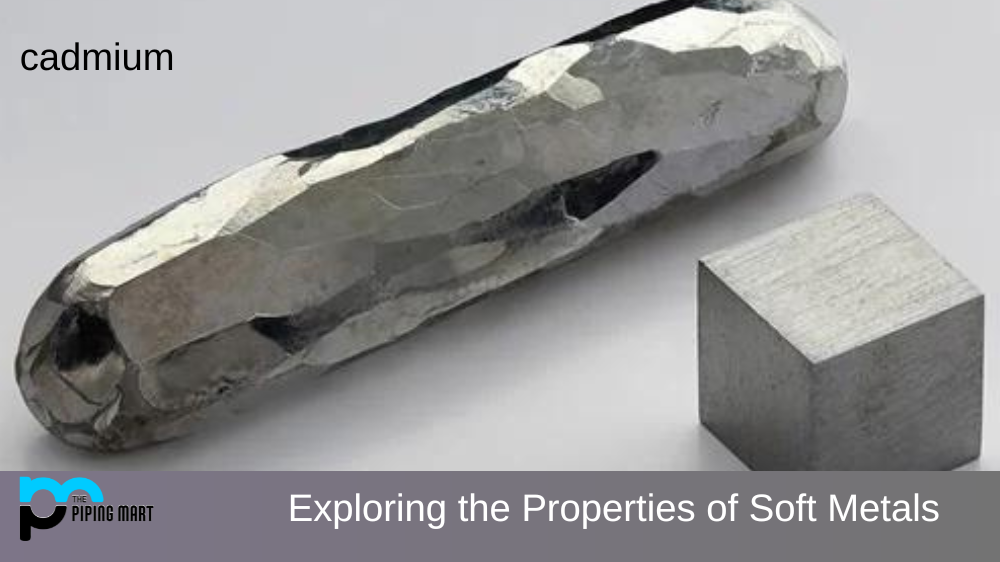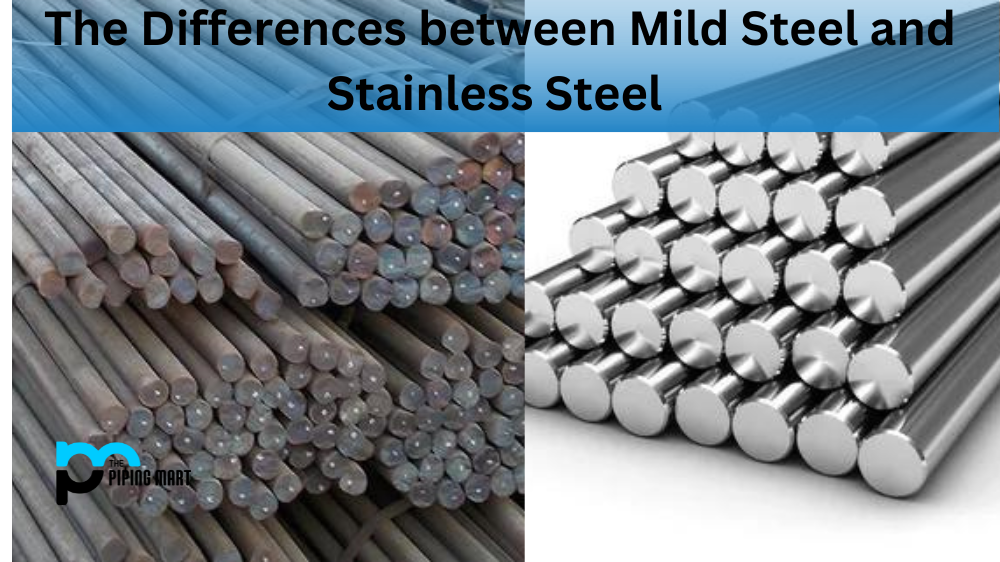Have you ever wondered why some metals are soft while others are hard? This blog post will explore why zinc, cadmium, and mercury are classified as soft metals. We’ll also discuss what makes them unique from other metals and how their malleability can be used in certain applications.
What is Soft Metals?
Soft metals are malleable materials such as zinc, cadmium, and mercury that can be easily molded or shaped. Soft metals provide the perfect hook for creating intricate jewelry pieces like chains and earrings. Craftsmen also use soft metals in the production of decorative items, such as sculptures and specific types of furniture hardware. Additionally, they’re often found in industrial applications where easy-to-manipulate components are paramount, such as water pumps or electrical wires. Despite their overall malleability when exposed to heat, there’s a wide range of strength between zinc, cadmium and mercury that should be kept in mind while using them in projects.
Soft Metals
Zinc, cadmium, and mercury belong to a class of metals called “soft” or “ductile” metals. These types of metals have relatively low melting points and can be easily molded into different shapes or forms. This malleability is due to their atomic structure; unlike harder metals such as iron or steel, which have compactly packed atoms that make them difficult to deform, soft metals have loosely packed atoms that make them much easier to manipulate.
Zinc is one of the most widely used soft metals in the world. It’s often used in galvanization processes because it can form protective layers on surfaces when exposed to air or moisture. It’s also commonly used for die-casting and electroplating because it’s relatively non-toxic and corrosion-resistant. Cadmium is another popular soft metal with many industrial uses; it’s often used in batteries, pigments, coatings, and alloys because it has excellent electrical conductivity properties. Finally, mercury is often found in thermometers due to its high boiling point and ability to expand rapidly when heated. It’s also commonly used in dental applications because it possesses anti-bacterial properties.
Gold
Gold is a soft metal that is prized for its beauty and its rarity. Gold is often used in jewelry and other decorative items. It is also used in electronic components and as a coating for other metals to prevent tarnishing.
Silver
Silver is a soft metal that is prized for its beauty and its rarity. Silver is often used in jewelry and other decorative items. It is also used in electronic components and as a coating for other metals to prevent tarnishing.
Platinum
Platinum is a soft metal that is prized for its beauty and its rarity. Platinum is often used in jewelry and other decorative items. It is also used in electronic components, as a catalyst in chemical reactions, and as a coating for other metals to prevent tarnishing.
Palladium
Palladium is a soft metal that is prized for its beauty and its rarity. Palladium is often used in jewelry and other decorative items. It is also used in electronic components, as a catalyst in chemical reactions, and as a coating for other metals to prevent tarnishing.
Titanium
Titanium is a soft metal that is prized for its strength and its light weight. Titanium is often used in aircraft and spacecraft, as well as in medical implants and prosthetics.
Conclusion:
Soft metals like zinc, cadmium, and mercury possess numerous unique properties that make them useful for various industrial applications. Their malleability allows them to be easily molded into different shapes or forms, while their resistance to corrosion makes them ideal for galvanization processes or electroplating tasks. The next time you see a product made out of these materials, remember that they weren’t chosen randomly—they were selected because they possess the best combination of qualities for the job at hand!

Pipingmart is a B2B portal that specializes in metal, industrial and piping items. Additionally, we share the latest information and information about materials, products and various types of grades to assist businesses that are involved in this business.




